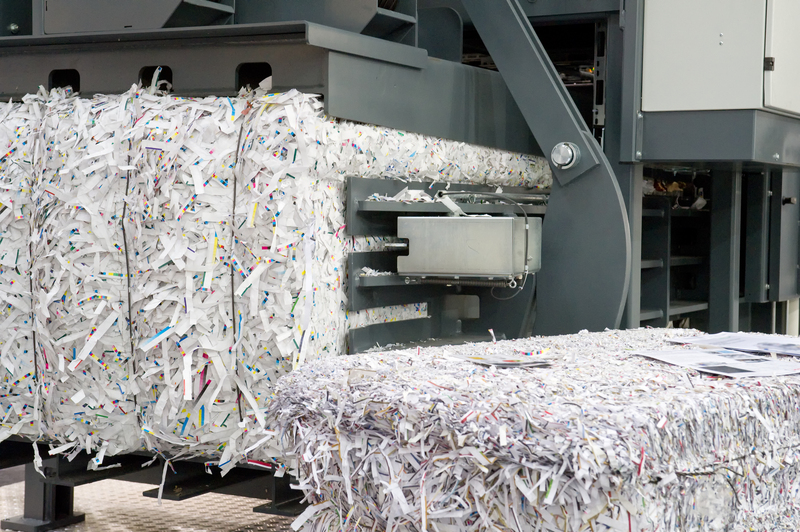Best Practices for Styrofoam Clearance
Posted on 29/03/2025
Styrofoam, known scientifically as expanded polystyrene (EPS), is a petroleum-based plastic product. Commonly used in packaging, insulation, and various consumer products, Styrofoam is lightweight, durable, and excellent at cushioning and insulating. However, the environmental impact of Styrofoam is substantial due to its non-biodegradable nature and the challenges associated with its recycling.
Environmental Impact of Styrofoam
Styrofoam takes hundreds of years to decompose, leading to long-term environmental pollution. As it breaks down, it can release toxic chemicals into soil and water, affecting both terrestrial and marine ecosystems. Additionally, the production of Styrofoam involves significant energy use and the emission of harmful pollutants.

Best Practices for Styrofoam Clearance
1. Reduce Usage
The most effective way to manage Styrofoam waste is to reduce its use. Consider opting for alternative materials such as paper-based products, biodegradable packaging, or reusables. By reducing demand for Styrofoam, you help decrease its production and, subsequently, its environmental footprint.
2. Reuse Whenever Possible
Reusing Styrofoam can significantly cut down on waste. Intact Styrofoam can be kept for future packaging needs, used in arts and crafts, or repurposed for home projects. This not only reduces waste but also lessens the need to buy new materials.
3. Recycle Properly
While Styrofoam recycling can be challenging, some facilities do accept it. Check with your local recycling center to see if they process Styrofoam. If available, wash off any contaminants before recycling and ensure that it's clean and dry. Drop-offs at specialized recycling centers or participation in take-back programs offered by some manufacturers can also be good options.
4. Participate in Community Clean-Up Efforts
Community clean-up events are excellent opportunities to clear Styrofoam waste from your environment. Many local organizations host these events, focusing not only on Styrofoam but all forms of pollution. Volunteering for these clean-ups can have a substantial positive impact.
5. Dispose of Non-Recyclables Responsibly
If recycling is not an option, make sure to dispose of Styrofoam correctly. Ensure that it goes into the correct waste stream to avoid contaminating organic or recyclable waste, and follow local waste management guidelines.
Pros and Cons of Styrofoam Clearance
When it comes to Styrofoam clearance, there are both pros and cons that need to be considered:
Pros
- Reduced Environmental Pollution
- Energy Conservation Through Reduced Production
- Improved Aesthetics of Local Areas
- Opportunity for Community Engagement
Cons
- Limited Recycling Facilities
- Potential Health Risks During Handling
- Resource Intensive Clean-Up Efforts
- Increased Costs for Alternative Materials
Tips for Effective Styrofoam Clearance
1. Stay Informed
Knowledge is key. Stay updated with local regulations and facilities that handle Styrofoam recycling and disposal.
2. Engage the Community
Involve your community in Styrofoam clearance efforts. Collaborate with local organizations and businesses to raise awareness and resources for recycling and clean-up programs.
3. Opt for Sustainable Alternatives
Choose products with sustainable packaging options whenever possible. Support businesses that commit to environmentally friendly practices.

Key Takeaways
- Reduce Styrofoam usage by opting for sustainable alternatives.
- Reuse and recycle Styrofoam whenever possible to minimize waste.
- Engage in community efforts to effectively manage Styrofoam pollution.
- Understand the pros and cons of Styrofoam clearance to make informed decisions.
Conclusion
Effective Styrofoam clearance is vital for reducing environmental pollution and promoting sustainable practices. By implementing best practices such as reducing usage, reusing, recycling, and participating in community efforts, we can significantly mitigate the negative impact of Styrofoam on our ecosystems. Stay informed, act responsibly, and encourage others to do the same to enhance the health of our planet. Together, we can make a meaningful difference.





